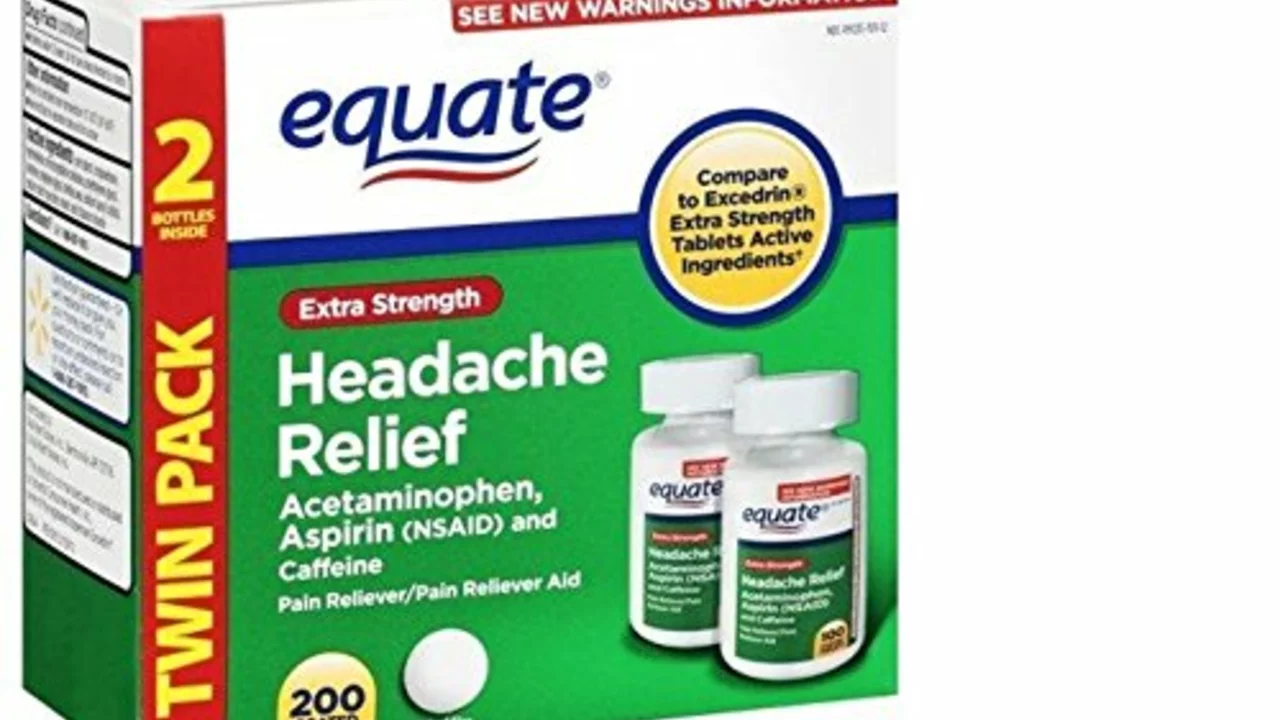Muscle pain: quick fixes, causes, and when to see a doctor
Muscle pain is one of those things that can flare up for a simple reason — like overdoing a workout — or signal something more serious. You don’t always need a doctor. With a few simple steps you can often ease the pain fast and get back to normal. Here’s what actually works and what should make you pick up the phone.
Simple at‑home fixes that help fast
First 48 hours: rest the area, avoid heavy use, and use ice for 15–20 minutes every few hours to cut swelling. After two days, switch to heat for 15–20 minutes to relax tight muscles and improve blood flow.
Over‑the‑counter options: ibuprofen or naproxen (NSAIDs) reduce inflammation; acetaminophen eases pain. Use as directed and avoid mixing without checking with a pharmacist if you take other meds.
Topical relief: creams or gels with diclofenac or menthol work well for localized soreness and have fewer systemic effects than pills.
Move smart: gentle stretching, a short walk, or light cycling prevents stiffness. Hold stretches for 20–30 seconds without bouncing. Foam rolling or a tennis ball can break up knots — go slow and stop if pain spikes.
Hydration and electrolytes matter. Dehydration or low potassium/magnesium can cause cramps. A balanced meal with protein helps repair muscle after exercise.
When to see a doctor and what they’ll check
Call your doctor if you have severe pain after a fall, sudden swelling, numbness, weakness, or fever. Dark urine, extreme muscle weakness, or confusion can point to rhabdomyolysis — that needs urgent care.
For pain that won’t get better after two weeks, or keeps coming back, a doctor will ask about your activity, other medicines (statins can cause muscle aches), and check for signs of nerve problems or systemic illness. Common tests include blood work (like CK, thyroid, vitamin D) and, if needed, imaging or referral to physical therapy.
Treatment options beyond home care include prescription muscle relaxants for short periods, targeted injections for specific injuries, structured physical therapy, and pain meds tailored to chronic conditions. For ongoing widespread pain, treatments such as graded exercise, sleep improvement, and certain prescription medicines can help under a clinician’s guidance.
Prevent it next time: warm up before exercise, increase load slowly, fix posture at your desk, sleep well, and keep a regular strength routine. If you’re unsure what’s causing your muscle pain or if it’s linked to a medicine you take, talk with a healthcare pro. For reliable drug and treatment info, check trusted resources or ask a pharmacist — they can help you sort safe options quickly.

